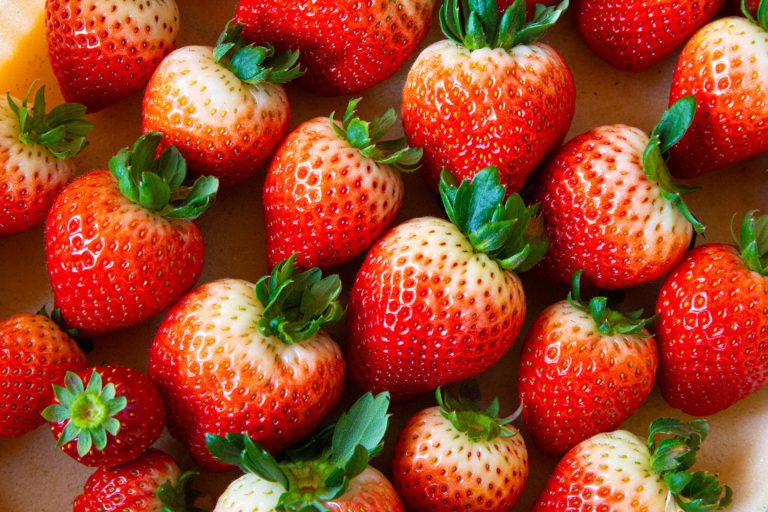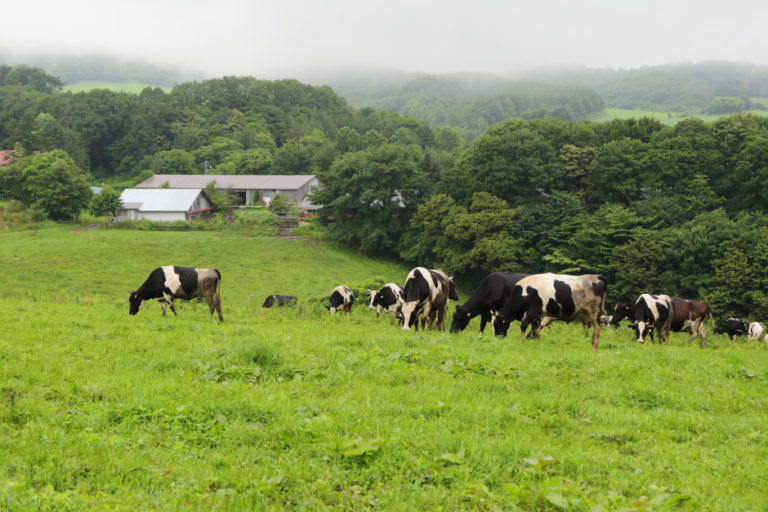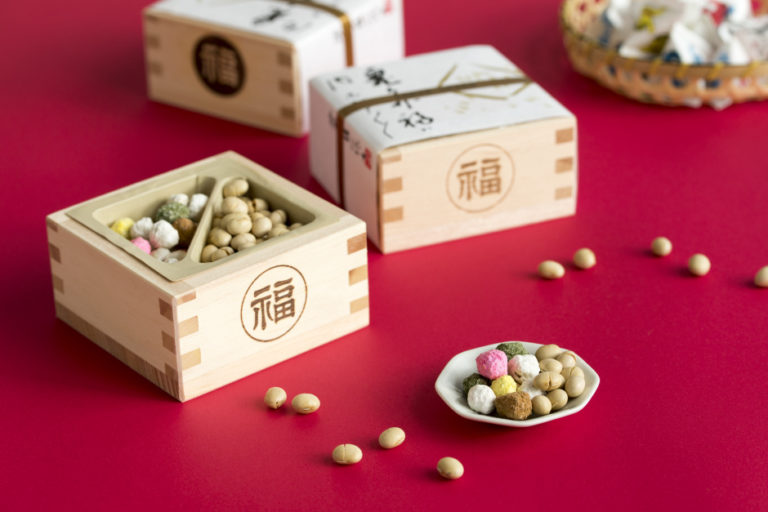Rediscovering the essence of Japanese culture in the spiritual home of tea
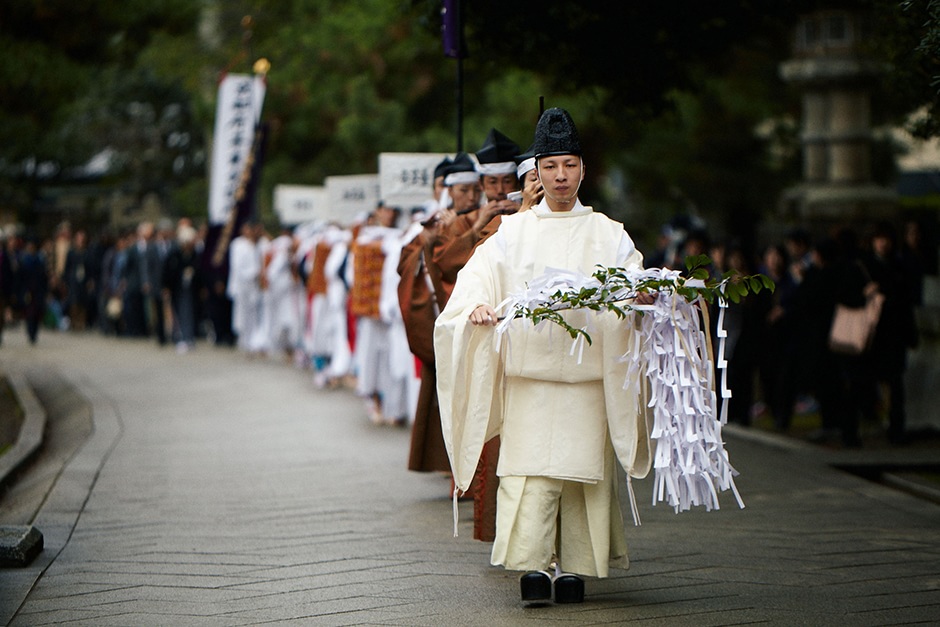
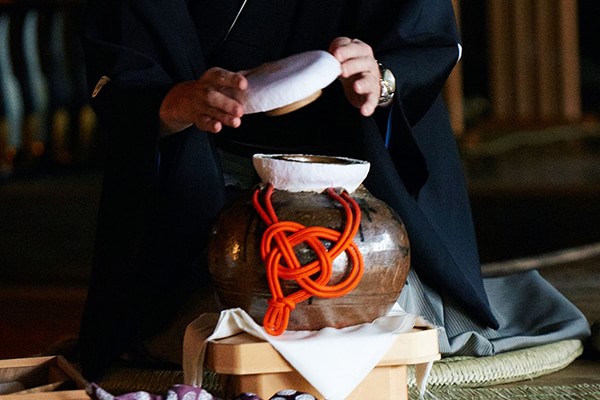
Kyoto is a riot of color in late November, when the red leaves of autumn form a brilliant kaleidoscope of color. Every year at this time, Kitano Tenmangu shrine in Kamigyo district holds a special ceremony called ocha-tsubo-hoken-sai-kuchikiri-shiki that involves breaking open the seal on pots of tea leaves and dedicating the contents to the gods. The ceremony is derived from a festival for the dedication of tencha, the base ingredient of maccha green tea powder, which is used in the annual kenchasai festival on December 1, which was inspired by the Kitano-daisanoe (tea ceremony) held by Hideyoshi Toyotomi in 1587. Prior to the kenchasai, samples of tea harvested during the year are placed in pots (the cha-tsubo) which are then sealed. The seals are ceremonially broken during the ocha-tsubo-hoken-sai ceremony. The tea masters who dedicate the tea are leading tea ceremony instructors and family heads from various tea-producing districts of Uji including Kohata, Uji, Todo, Fushimi Momoyama, Ogura, Yawata, Kyoto and Yamashiro. The first pot to be unsealed in the ceremony, called ichi no cha-tsubo, is the one representing Kohata.
Uji is a city of considerable historical and cultural significance, home to a number of acclaimed world heritage structures and historic relics such as the Phoenix Hall of the Byodoin and Ujigami Shrine. Uji is also famed as a producer of the high-grade Japanese tea known as uji-cha. The combination of a cool, largely frost-free climate and well-drained soils provides the ideal conditions for tea cultivation, and consequently Uji boasts a long history as one of the leading tea producing regions in Japan.
Uji is also famed as a producer of the high-grade Japanese tea known as uji-cha. The combination of a cool, largely frost-free climate and well-drained soils provides the ideal conditions for tea cultivation, and consequently Uji boasts a long history as one of the leading tea producing regions in Japan.
Shohokuen?operating in Uji for over 300 years

The first pot to be unsealed in the ocha-tsubo-hoken-sai ceremony at Kitano Tenmangu shrine, the ichi no cha-tsubo pot representing Kohata, is the domain of Shohokuen. Founded in 1645, Shohokuen has been dedicated to maintaining the tradition of Uji tea for over 300 years while at the same time incorporating modern technology where appropriate. Today, Shohokuen supplies a wide range of high-quality blends such as gyokuro and maccha made from hand-picked leaf tea grown on natural unshaped plants.
Tea bushes are often formed into specific shapes to suit picking machines, such as an arc, triangle or flat horizontal shape The natural, unshaped form is considered the most labor-intensive, as the leaves must be picked by hand. The high-grade gyokuro and maccha blends are both made from leaves picked by hand from natural unshaped tea bushes.
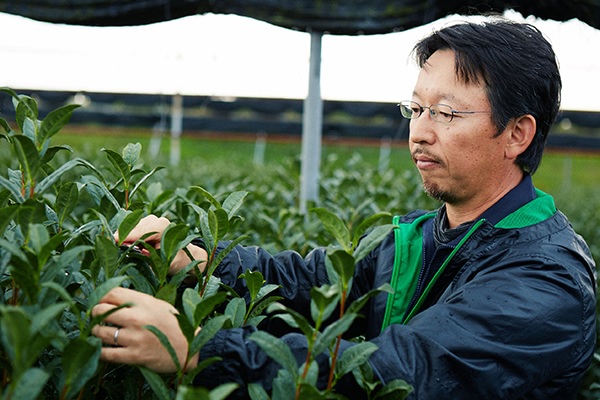
For gyokuro and maccha, part of the growth cycle of the tea bush involves shielding it from the sun with straw or black cloth for a short period to inhibit photosynthesis. This stimulates production of amino acids that give the tea extra flavor and suppresses the production of tannins that can make the tea taste bitter. The end result is a more rounded and mellow flavor.
Yoshitsugu Furukawa is acknowledged as one of the finest growers in the Uji district. He supplies tea to Shohokuen for the maccha blend.
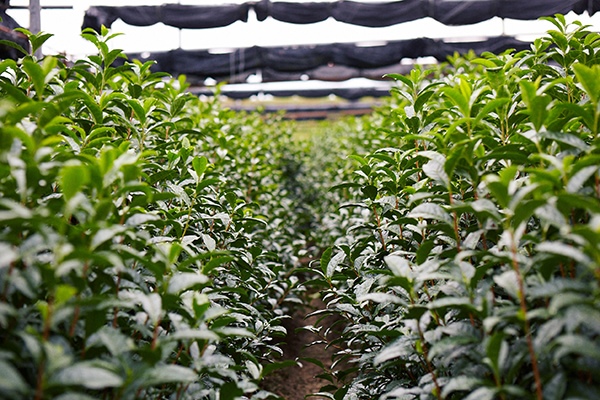
We are standing the middle of Furukawa’s tea plantation watching him check the soil and bushes ahead of the first picking in May. Gyokuro and maccha are made exclusively from the first picking, which by definition happens only once per year. The rest of the year is spent tending carefully to the bushes and the soil.
Naturally, this amount of care and attention is necessary in order to achieve the exacting standards required of a high-grade tea.
When asked the secret of producing high-quality tea leaves, Furukawa gives a simple reply:
let them grow naturally.
A great deal of care and attention goes into preparing the tea bushes for the single annual harvest. The most important point is to allow the bushes to grow naturally in line with the climate and seasonal variations in Uji. For example, rain helps fertilizer to soak into the soil, so every time rain is forecast the tea growers give the ground a dose of fertilizer a few days in advance. This approach produces high-grade tea by supporting and complementing the natural growth cycle rather than trying to circumvent or change the course of nature. The natural approach to growing, as championed by Furukawa, brings out the full flavor of tea. The success of this approach is borne out by the long history of the tea plantations of Uji in supplying the finest uji-cha tea in Japan.
The role of the experienced tea masters
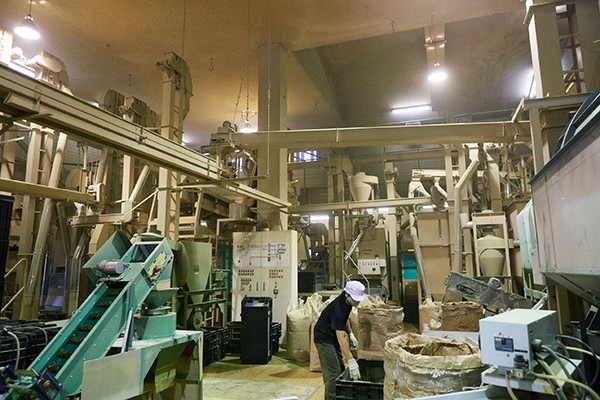
Transforming the naturally grown tea leaves into the finished product of tea is a long process with many stages. The first step is pre-production: the hand-picked leaves are heated to suppress fermentation, then steamed, then gently massaged and finally dried to extract all the moisture from the raw leaves. This is all done by the farmer on the plantation, who then delivers the unprocessed tea to the tea masters for shaping, sorting, roasting and blending.
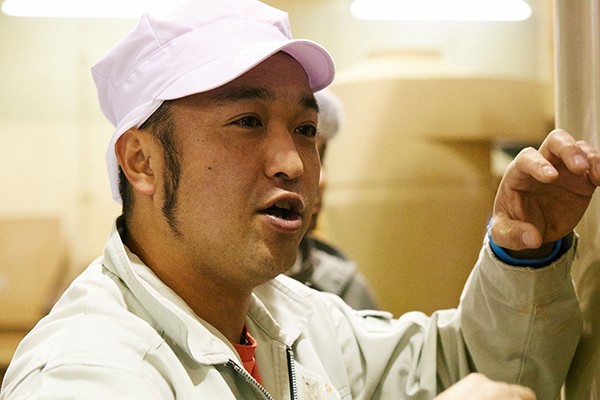
The SHUN GATE team pays a visit to the Shohokuen factory to watch the tea masters at work. Machinery is humming away contentedly while the glorious scent of tea wafts through the air and the workers scurry back and forth.
The supervisor Mr. Sugimura explains the role of each machine. During the roasting process, microwave or infrared ovens may be used to extract moisture, depending on the leaf type. It is fascinating to consider the juxtaposition of the ancient traditions upheld by Shohokuen with the latest technology at the processing factory. Apparently Shohokuen hosts numerous industry delegations similarly keen to learn more about their equipment.
According to Shohokuen president Tsuyoshi Sugimoto, each individual tea supplier has its own distinctive taste footprint that is determined by the processing methodology.
At Shohokuen, it is not just the technology that shapes the flavor. Depending on the condition of the unprocessed tea at arrival, the tea masters may choose to rearrange the order of processes or omit some processes altogether, or adjust the roasting time, or alter the leaf cutting pattern, or make other modifications that will impact on the flavor of the finished product. The workers carefully monitor the progress of the tea leaves to ensure that any modifications are consistent with the basic characteristics of the tea. At the end of the day, it is the expertise and experience of the tea masters and the tradition of the tea shop that ultimately determines how the tea will taste, regardless of how much advanced technology is available.
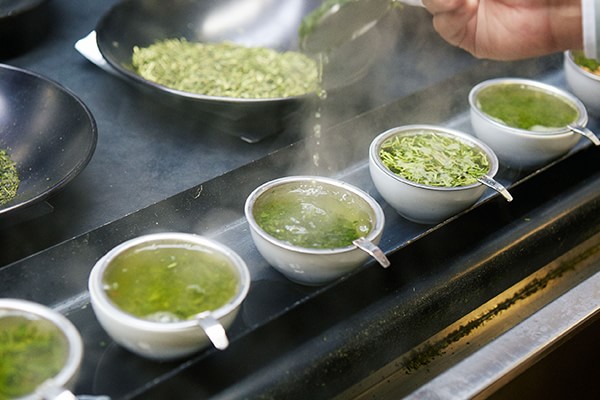
Sugimoto leads us to the tasting room, where new deliveries batches are checked for flavor and appearance. Here we find a row of bowls containing tea leaves including tencha, the leaves harvested by Furukawa, as well as gyokuro, plain non-powdered green tea (sencha), and brown rice tea (genmaicha).
Sugimoto adds hot water to the bowls, then sniffs each one carefully to check the aroma from the leaves. Tea is normally made with hot water in the range 60°?80°C, but for the purpose of inspection, the water is heated to 100°C. This is to check how well the leaves are able to hold their natural flavor under extreme conditions.
The tasting room is equipped with fluorescent lights to enable close inspection of the leaves. Uji tea must not only taste good, it must look good too, because appearance is seen as an indicator of the inherent qualities of the tea.
Each shipment is carefully inspected by the tea masters for flavor, aroma and appearance before it can be accepted.
It is this uncompromising attention to quality that has maintained the reputation of uji-cha as a leading prestige brand of Japanese tea.
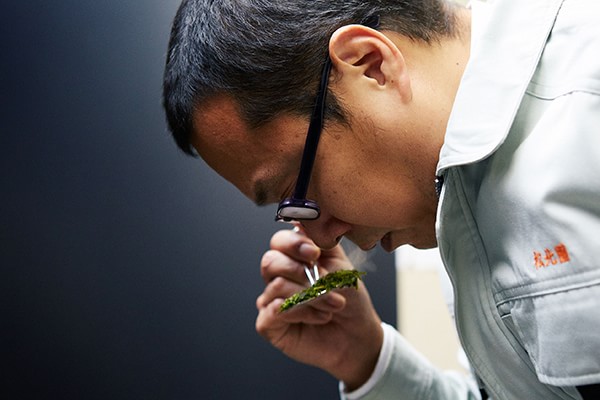
Shohokuen boasts a history and tradition stretching back more than 300 years. At the same time, the business is keen to embrace modern technology and is actively pursuing skills training for its workers. In Shohokuen we can catch a glimpse of the way forward for Japanese tea, and indeed, for Japanese culture in general.
The rich, full taste of uji-cha tea
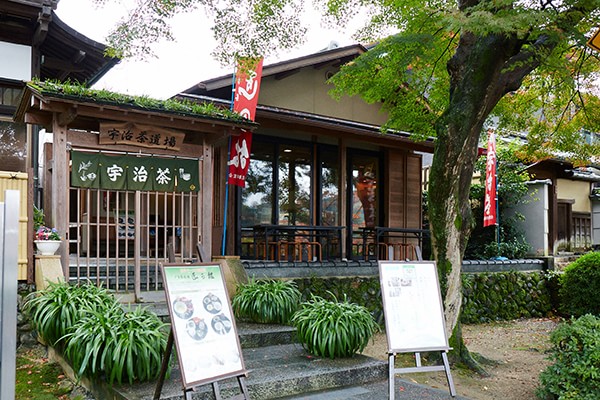
To find out more about the rituals associated with uji-cha tea, we head to an uji-cha teahouse called Takumi no Yakata, located just near the Uji river.
Instructors at Takumi no Yakata patiently illustrate the correct etiquette of serving tea.
There are three tea selections to choose from: Uji Gyokuro, Uji Maccha and Sencha set, and Exhibit-grade Kabuse-cha. Today we will be sampling Uji Gyokuro.
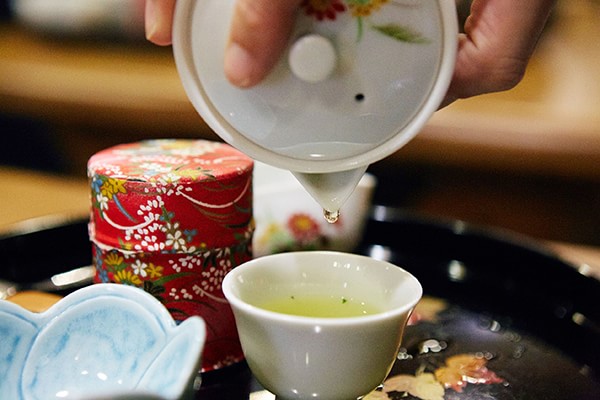
The first step is to put some hot water in a bowl to cool.
As we heard earlier at Shohokuen, gyokuro is normally made with water cooled to around 60°C, to bring out the flavor and minimize the bitterness. For best results, you put the water in the pot and wait a minute or two for the leaves to spread out before pouring. This really brings out the true flavor of gyokuro including a tinge of sweetness.
The second and third brews have subtly different flavors, and as you drink each one in succession you appreciate the depth of gyokuro. And there are other ways to enjoy gyokuro. The instructor shows us another way to enjoy gyokuro. After the final brewing, you remove the leaves from the pot and mix them with ponzu (a mixture of soy sauce and citrus juice) to create a whole new taste sensation which is surprisingly tasty.
So next time you are in Uji, why not head to Takumi no Yakata to experience a bit of Uji tea culture and make your very own brew to try.
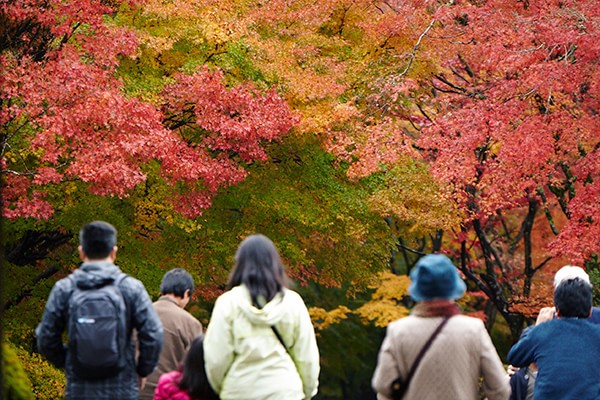
Tea is a long-established tradition that is fundamental to Japanese culture. Japanese tea has an intrinsic appeal that extends well beyond the local populace and today is acknowledged and appreciated around the world.
Uji-cha tea boasts a long and proud history in the Kyoto region and continues to bring joy to aficionados around the world even today.

